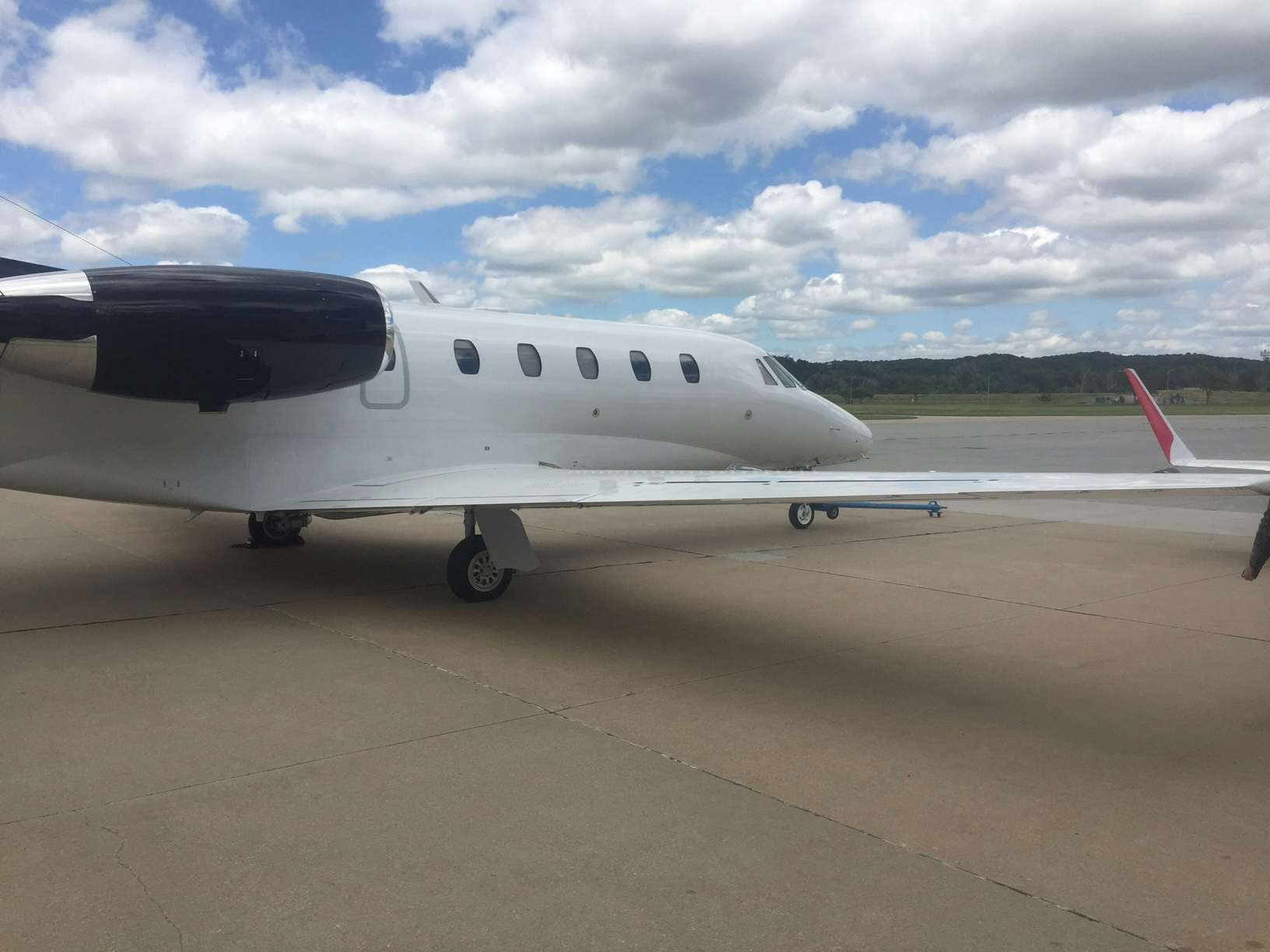If you assume that all jet card programs are similar, you are making a mistake. Here are some common misperceptions. .

In a decade where private jet flying has had to gradually climb back to pre-2008 recession levels and delivery of new aircraft has yet to reach those historic heights, the number of jet card providers has more than doubled. Why? Jet cards provide an experience as close as you can get to whole or fractional aircraft ownership without the same financial or long-term commitment. It’s also easier than on-demand charter where each time you are comparing aircraft served up by your broker and then having to worry about ferry fees and if you are making late plans, wiring money, particularly on holidays.
At the same time the growth in the jet card programs has meant more diversity and without a fixed, finite definition of what a jet card actually is. Here are five misconceptions I find readers have about jet card modeled programs:
While at one point this may have been true, it is not the case any longer. Today among the over 100 programs compared by Private Jet Card Comparisons you will find products that may promise you a rose garden, but won’t guarantee you will get a plane. You will also find programs that offer dynamic pricing rather than a guaranteed hourly rate. In terms of availability, this should be a concern if you are a late planner or do a lot of your flying during the holiday and peak periods when the charter fleet is being stretched. In terms of pricing, some providers straddle the fence by offering both. Again, fixed pricing, particularly for one-way rates, is probably going to be most important if you are flying during peak periods and if you are going to or from routings where you would likely be facing ferry fees. For example, flying between New York and South Florida you will generally find a robust inventory of jets going back and forth. On the other hand, if your regular route is flying from Des Moines to San Antonio having guaranteed availability and fixed one-way pricing is probably going to be a greater value. Also during the Florida and Caribbean hurricanes, guaranteed pricing and availability came in handy.
You’ve seen the ads and websites boasting access to over 5,000 or 10,000 private aircraft. Think of it about how real estate agents can sell any other agents’ listings. In terms of jet cards, you have providers such as Wheels Up, VistaJet and XOJET that do own the aircraft you will fly on. Then you have charter operators who manage aircraft for owners and use those planes as inventory for their jet cards. Delta Private Jets, Jet Aviation, Jet Linx Aviation, Clay Lacy and Silverhawk Aviation fall into that category. You also have companies such as NetJets, Nicholas Air and Flexjet that primarily sell fractional shares but also sell jet cards onto their fleets. Then you have brokers like Sentient Jet, Air Partner, Magellan Jets, Private Jet Services (PJS) Group and others, including XOJET which source aircraft from charter operators to fulfill the needs of their programs. In some cases, including broker programs have what they refer to as Closed Fleets. What that means is they have contracted with a select group of charter operators to fulfill their flying needs as opposed to other programs which canvas the entire Part 135 fleet of over 7,000 aircraft.
When one considers that most commercial domestic flights today have WiFi, the assumption is that private jets must have WiFi. The best estimates I have is only about a third of the U.S. fleet is WiFi equipped and in some cases, it is turned off by the owner. Bills can run thousands of dollars and don’t come until as much as 30 days after the flight making it hard to chase down users for payment. That said, with some 80% of private flying estimated to be under two hours and the ability to use your devices while you are taxing, there isn’t the same imperative. At the same time, in the connected world, WiFi is now something more of you demand. Many programs will guarantee WiFi for an extra, negotiated price. Sentient Jet just introduced a guaranteed WiFi card, while Delta Private Jets, Wheels Up, NetJets, Flexjet, VistaJet and XOJET are examples of companies that have it on all of their aircraft.
Marquis Jet founder Kenny Dichter who sold the company to NetJets came back with Wheels Up building his pitch around the King Air 350i, a turboprop that can seat up to eight with a fully enclosed restroom. You’ll see Wheels Up advertising on ESPN’s College Football Game Day, which speaks to the type of trips the plane is made for, going to those small cities too far away to drive but without good commercial air service and getting home in time for dinner. A more recent entrant StraightLine Private Air says over 50% of its flying is turboprops and piston aircraft.
While many programs you are wiring the money to cover 25 or 50 hours of flying when you sign up other programs have a pay as you go, model, where you pay a membership fee and then pay on a per trip basis. It’s important to remember that if the membership fees don’t go towards flight hours that you calculate that into your hourly rate.